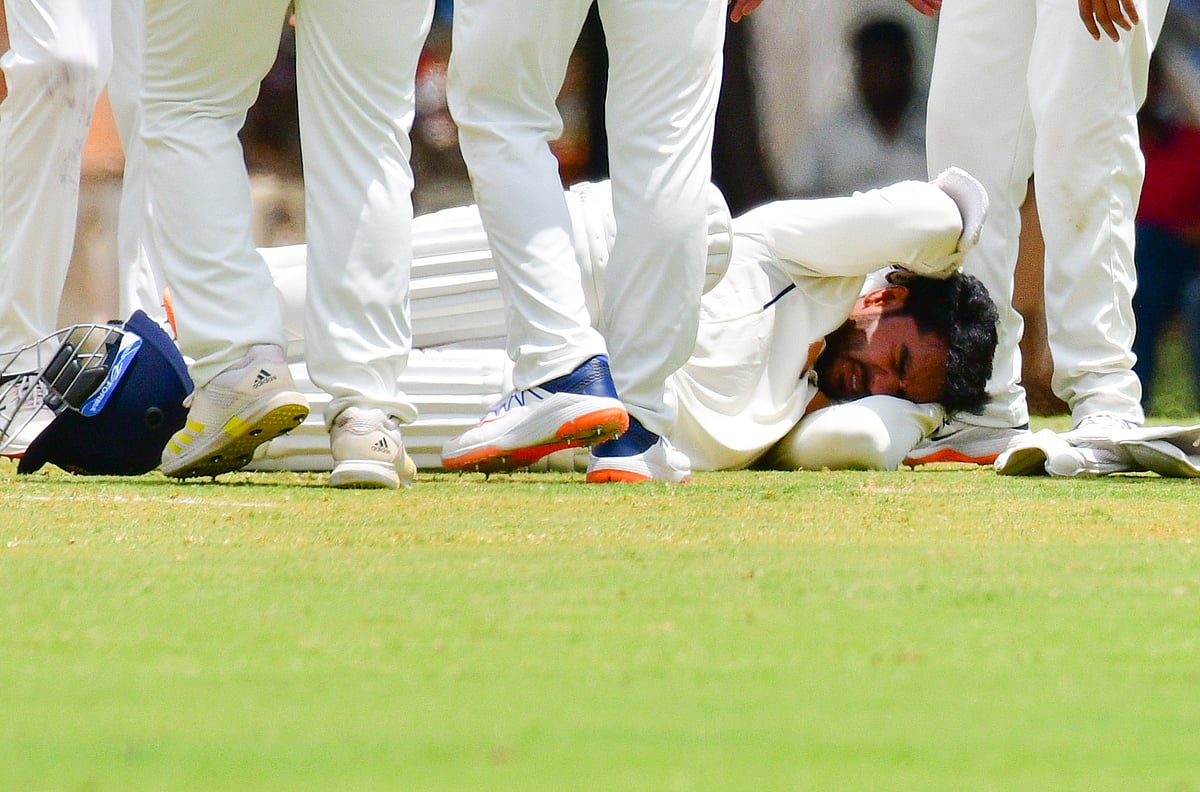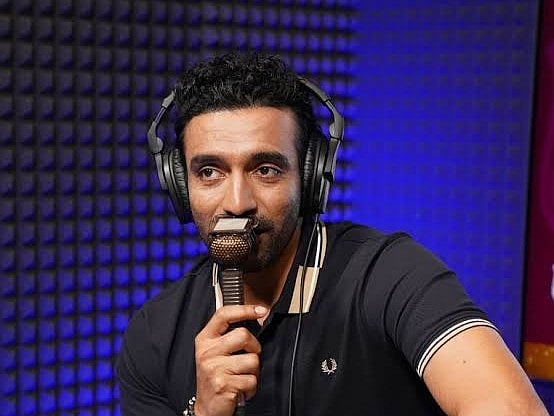Inspired by the innovative steps and experiments in the Big Bash League, the Board of Control for Cricket in India (BCCI) will soon launch the ‘Impact Player’ regulation in the Syed Mushtaq Ali T20 Trophy starting from October 11, and is likely to implement the rule in the next edition of the Indian Premier League as well.
Under this rule, teams can replace one member of their playing XI during a match if they think it will be useful. The board will experiment at the state level to see how this rule affects teams and players.
The board, in this regard, has issued a circular to all state associations. The BCCI wrote, "With the rapidly growing popularity of T20 cricket, it is important that we look at introducing new dimensions which will make this format more attractive and interesting, not only for our viewers but also the participating teams from a strategic viewpoint."

Under the Impact Player rule, one player from each team will be allowed to substitute to take a more active part in a match. This would bring a new calculated and planned approach to the game.
"Teams need to identify eleven members that will go on the field, along with four substitutes, at the time of the toss. From the 4 substitutes named in the team sheet, only one of the players can be utilised as an Impact player," the BCCI circular informed.
The rule has already been used in the Big Bash League in Australia, where an ‘X-Factor Player’, named as either the 12th or 13th player on the team sheet, can come into the match after the 10th over of the first innings and replace any player who has not batted, or has not bowled more than one over. A replacement player can bowl four overs, even if the player they’ve replaced has bowled.
The use of the Impact Player rule is not mandatory and it is totally up to the teams. An impact player can be sent from 10 to the 14th over of either innings.
The captain, head coach, and team manager will have to inform the on-field match officials or the fourth umpire about the use of the Impact Player.
"A player who will be replaced by an impact player can no longer take part in the remaining match and will not be permitted to take part in the game as a substitute fielder. If a player gets injured while fielding in mid over, the current playing condition prevails under 24.1 – substitute fielders," the circular adds.
If the team has already introduced an impact player to replace him, an injured player can no longer take part in the match. Otherwise, an impact player can only be introduced after the completion of a full over. In the event that an impact player is already being used by a team and an injury takes place, the same rule will be applied as it currently is under the playing conditions.
While batting, the impact player can be sent at the fall of a wicket or during an innings break. The team has to inform the fourth umpire regarding the same.
The circular states,"After the launch of the Impact Player rule in the game, a player can bat and may bowl a full allotment of 4 overs in an uninterrupted innings. In case a player gets retired hurt, an impact player can be introduced only at the end of the over in progress and is eligible to bat. In any situation, only 11 players can bat. "
The BCCI has supported the rules by giving an example that if a team is batting first and loses early wickets, they want to add more depth in their batting for a satisfactory total. It could thus introduce an impact player for a batsman already dismissed.
The other team also has an option to keep its impact player change on hold until the innings break to boost their batting depth, or may also select to use an impact player who offers additional bowling options.
A bowling team can send its impact player after a full over or if a fielder gets hurt in mid-over.
"An Impact Player may bowl a full allotment of 4 overs during an inning, disregarding the number of overs earlier bowled by the player he is substituting. If a bowler is suspended because of any breach of the law, then he cannot be substituted by the impact player," the circular states.
The rule can not be used if the delay reduces the total number of overs to less than 10 per innings.











